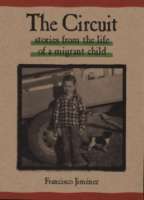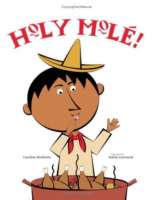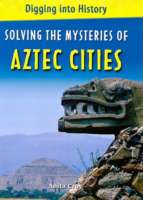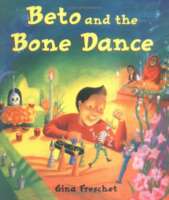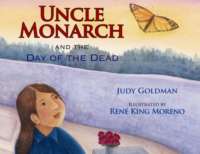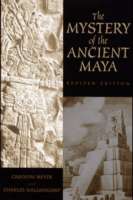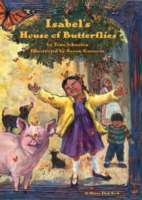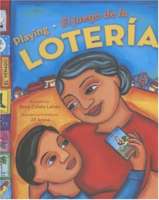
A boy has a good time attending a fair with his grandmother in San Luis de La Paz, Mexico, as she teaches him Spanish words and phrases and he teaches her English.
Read more about Playing Loteria in Volume 1, Issue 3 of WOW Review: Reading Across Cultures.
This book has been included in WOW’s Language and Learning: Children’s and Young Adult Fiction Booklist. For our current list, visit our Booklist page under Resources in the green navigation bar.
Featured in August 2023’s WOW Dozen for books about Language Learning and Communication.

